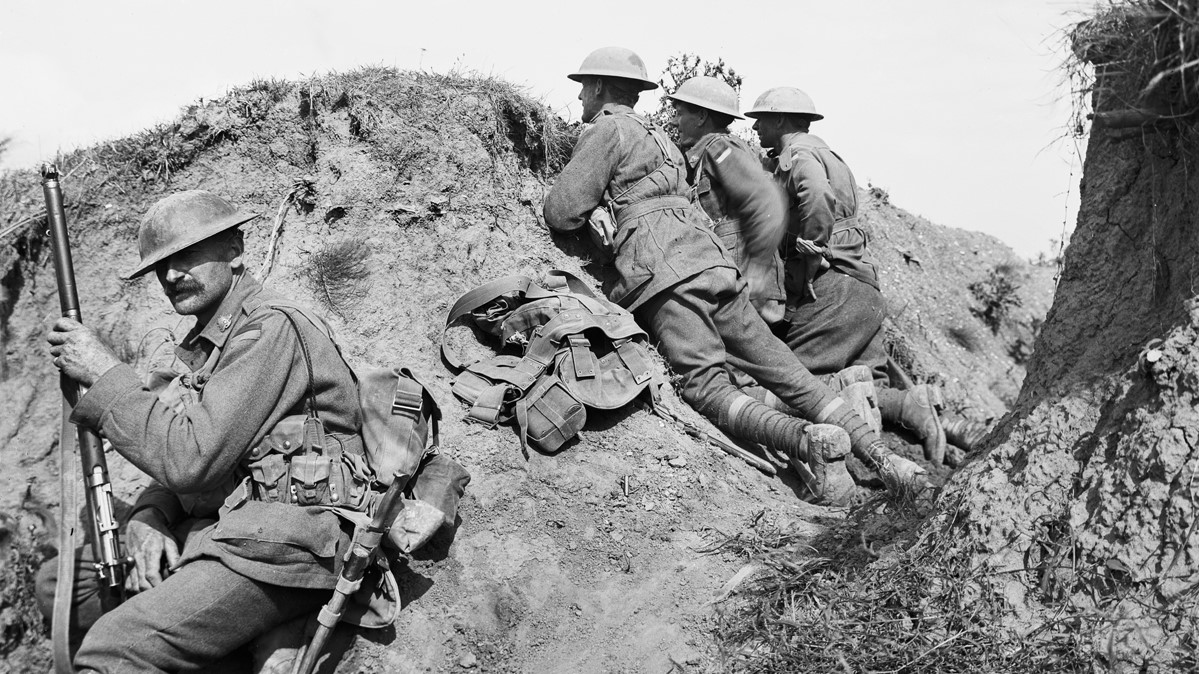

Ngāpuhi woman Margaret Scott and her English husband, Bill, despite being parents of three young children, opened their house in a London suburb as a convalescent home for Māori soldiers. They were joined by ambulance drivers, nurses and volunteers of all sorts who worked in services from the British and French Red Cross to the Scottish Women’s Hospital. Civilians, who continued to fall ill, break bones and give birth during the war, were in desperate need of healthcare and Australian and New Zealand doctors worked from Britain to the Balkans with a wide range of organisations. More peacefully, New Zealanders worked in Europe addressing the civilian health crisis that afflicted countries where up to 90 percent of doctors were in military service. Miss Butler worked at the Woolwich Arsenal calculating shell trajectories. Other talented scholars, such as mathematician and headmistress of Auckland Girls’ Grammar School Blanche Butler, were also in London.
#AFTERMATH OF WW1 HOW TO#
Universities in the colonies taught applied physics and chemistry - they knew how to blow things up - and as such were much in demand by the munitions industry. Physicists and chemists had left their posts at universities and mines and travelled to the UK where they worked in the Ministry of Munitions, including probably Victoria University of Wellington’s own Ernest Marsden. After four years of war, many thousands of men and women were overseas working for the war effort in a surprising array of occupations. Once the major battles are behind us, we could have exhibitions and events that explore just how all-consuming the war had been for New Zealand civilians.

But the problem with being a First World War historian is I know the war in no way ended on 11 November a hundred years ago, and if anything we could do with another few years to get our heads around the really difficult stuff of post-war rebuilding - rebuilding towns and cities, people and their relationships, bodies and minds. Photo: Gerry KeatingĪs a First World War historian, I have had people remark to me lately, “You’ll be glad to see the end of the war”, by which they mean that in November this year, when the doors close on the big exhibitions and the politicians lose interest, the pressure will be off.

The Fields of Remembrance installation in Wellington Botanic Garden.


 0 kommentar(er)
0 kommentar(er)
